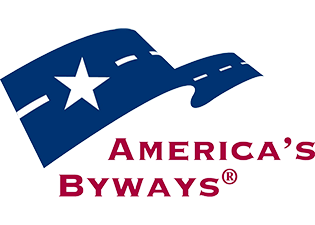Wellington Train Disaster
On February 28th the storm turned from bad to worse. Temperatures warmed, and the snow turned to rain in the midst of a thunder and lightning storm. In the early morning hours of March 1st a bolt of lightning hit high in the mountains, and the rumbling thunder caused an avalanche that witnesses said was over 14 feet high, a half-mile long and a quarter-mile wide. The wall of snow slammed into the train cars, tumbling them along with their passengers into the Tye River Gorge 150 feet below. Train cars were smashed into trees and buried under as much as 70 feet of debris.
Rescuers were able to dig 23 survivors out of the snow immediately after, transporting the injured by toboggan to the safety of what remained of Wellington. Efforts to recover bodes were hampered by the weather and conditions, and it was not until July that the last victim was removed from the mountain.
The final death toll was 35 passengers on the Spokane Local, 58 crews from both trains, and 3 employees of the depot who were in buildings crushed by the avalanche.
Stevens Pass Switchbacks
The first rail lines to traverse Stevens Pass were a series of switchbacks, which were an engineering marvel – pun intended. Small valleys were traversed over timber trestles, and the train climbed the nearly 4% grade and onto a thousand-foot spur. Then a railroad worker would throw the switch so the train could come back and up the next stretch of switchback. Three switchbacks were on the east side of the summit, and five on the steeper, west side.
Complicated and time-consuming, it required thirteen miles of track to connect two points of switchbacks three miles apart.
Cascade Tunnel
Near the turn of the twentieth century, with increased demand for rail traffic across the state, the Great Northern railroad began construction of a tunnel to replace the switchbacks, and snow sheds over the track in the vulnerable avalanche-prone stretches. Completed in December of 1900, the 2.6-mile stretch of tunnel alleviated the treacherous switchbacks, but the coal-burning steam locomotives filled the tunnel with deadly smoke. In 1909 a dam across the Wenatchee River in the Tumwater Canyon was constructed to provide electricity and the train engines became electrically powered through the tunnel, to remove the need for the coal smoke.
After the Wellington Disaster of 1910, plans were formulated to build a longer tunnel, at lower elevation, that would eliminate the dangerous winter travel. The 7.8-mile long Cascade Tunnel, completed in 1929, is the longest railroad tunnel in the US, and it is still in use today. Burlington Northern Sante Fe (BNSF Railway) is the current owner of the rail lines and run freight trains and the passenger train Empire Builder from Chicago to Seattle and Portland.
The town of Wellington was renamed Tye, as it is known to this day.
Iron Goat Trail
Today you can hike the area where the Wellington Disaster took place, known as the Iron Goat Trail. Learn more here: https://www.seattlenorthcountry.com/blog/exploring-the-iron-goat-trail/













